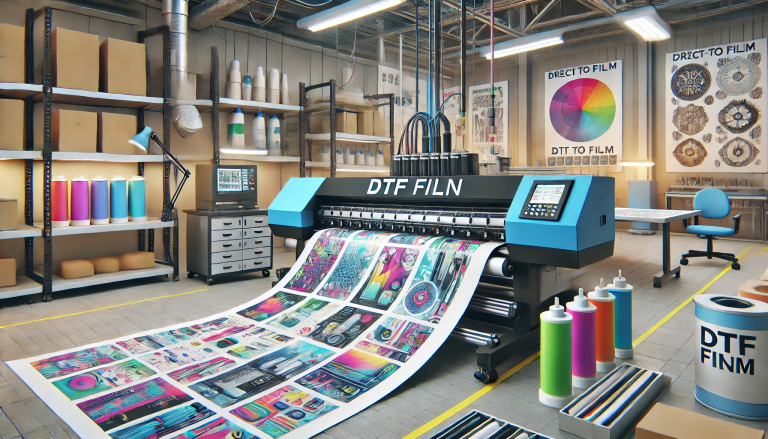“Unveiling the Quality of UV DTF Printing” -MAXDTF- DTF UV Decal Wholesale, China UV DTF transfer Decal, Made in China
UV direct-to-film (UV DTF) printing is a modern print technology that has been gaining increasing attention over the past few years. It provides a unique combination of versatility, durability, and vibrant image reproduction, making it a compelling choice for numerous industries. However, as with any technology, it’s crucial to critically assess whether its quality lives up to the hype. Today, we delve into the world of UV DTF printing and evaluate its quality.
Understanding UV DTF Printing
Before delving into the quality aspect, it is important to understand what UV DTF printing is. The term “DTF” stands for Direct-to-Film, which is a type of printing that involves applying images directly onto a printable film. The “UV” stands for Ultraviolet, indicating the use of UV light to cure or dry the ink instantly after it is applied.
UV DTF technology allows printing onto a wide variety of materials, including paper, plastic, metal, glass, and even some fabrics. The rapid curing process helps preserve the integrity of the printed design, which contributes to the overall quality of the print.
Evaluating the Quality of UV DTF Printing
There are several factors to consider when evaluating the quality of UV DTF printing.
1. Color Vibrancy and Accuracy
One of the key quality metrics of any printing technology is the color reproduction. UV DTF printing excels in this aspect, offering highly vibrant and accurate colors. The quick-curing UV ink prevents colors from blending together, allowing for sharp, distinct colors and well-defined boundaries between different color areas.
2. Print Resolution
The resolution of a print refers to the level of detail that the print method can achieve. UV DTF printers typically offer high-resolution printing, capable of capturing intricate details and fine lines. This makes UV DTF printing ideal for complex and detailed designs.
3. Durability
UV DTF prints are notably durable, resistant to fading, and wear-and-tear. The UV curing process makes the ink more resilient to external conditions such as sunlight, heat, and moisture. This makes UV DTF printing a suitable option for outdoor applications or items that require long-term durability.
4. Versatility
UV DTF printing technology can be applied to a wide variety of materials and surfaces, both smooth and uneven. This level of versatility, combined with the high-quality output, opens up a myriad of possibilities for different industries, from commercial advertising to product packaging, home décor, and even fashion.
5. Eco-friendliness
With growing environmental concerns, the eco-friendliness of a printing method is a quality aspect that should not be overlooked. UV DTF printing is relatively eco-friendly as the UV curing process eliminates the need for solvents that can release volatile organic compounds (VOCs) into the environment. Additionally, the durability of UV DTF prints reduces the need for frequent replacements, thus minimizing waste.
Limitations of UV DTF Printing
Like any technology, UV DTF printing has its limitations. For instance, it may not be the most cost-effective solution for very high-volume print jobs due to the relatively high cost of UV inks. Additionally, while the technology is suitable for a wide range of materials, it may not adhere as well to certain types of fabrics, limiting its application in some areas of the textile industry.
Conclusion
When weighing up the quality of UV DTF printing, it’s evident that this technology offers impressive color vibrancy, resolution, durability, and versatility. While it has a few limitations, for many applications, the benefits far outweigh the drawbacks. Therefore, if you’re looking for a printing method that delivers high-quality and durable prints on a wide array of materials, UV DTF printing is certainly worth considering.



